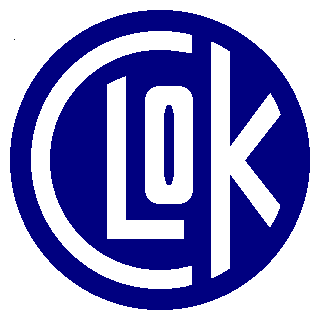|
For more information, click on one of the following
links.
Finding out about events
Finding the event
What to bring
What to wear
Registering
Choosing a course
Getting ready to go
Starting
After your run
Return to the main About Orienteering page
Return to the CLOK Home Page
|
Choosing a course
The most common colour coded courses are white, yellow, orange, red,
light green, green, blue and brown.
Of these, the first four - white, yellow, orange and red - are of an
easier navigational standard and are suitable for newcomers to
orienteering.
The light green course is of an intermediate navigational standard, and
is intended to be a sort of "stepping stone" between the easy courses and
the hard courses.
The last three - green, blue and brown - are of a hard navigational
standard and are suitable for experienced orienteers.
Please don't tackle a green, blue or brown course until you've had
a few goes at the easier courses. It takes a bit of practice to
read the very detailed orienteering maps and to navigate effectively on
the move. If you jump in at the deep end then you'll spend too
much time standing around trying to work out where you are and/or where
the next control is. This won't be much fun, and you'll get an
unnecessarily negative view of what really can be a fantastic sport.
If you are a good runner and want a decent running challenge
then look out for purple courses. They're planned to be long
enough give you a good run out, but with relatively straightforward
navigation.
The white course is very short and has very easy navigation.
It is suitable for young children with no experience of orienteering and
for adults who just want a 15 - 20 minute walk round tracks and paths.
The yellow course is short and navigationally easy. It is
suitable for young children with a basic understanding of how to use a
map and compass. Adults should be able to jog round a yellow
course in about 15 - 20 minutes or walk round in about 30 - 40 minutes.
The orange course is a bit longer than a yellow. Its navigation
is slightly harder, but still basically straightforward. It's
suitable for children who have mastered yellow courses and for adult
beginners who want a relatively short time out in the forest.
Adults with a basic understanding of how to use a map and compass should
be able to jog round an orange course in 25 - 35 minutes or walk round in
about an hour.
The red course is a bit longer than an orange, and of the same
navigational difficulty. It's suitable for adult newcomers who
are happy to be out in the forest for between an hour and an hour and a
half. If you don't make too many navigational mistakes you
should be able to run round a red course in about 45 - 60 minutes.
If you jog and walk round you'll probably take about an hour
and a half.
When it is offered, the purple course is intended for good runners with
basic navigation skills. It is longer than a red course, but
of the same navigational difficulty. Someone who runs at
7-minute mile pace on roads and who avoids making any navigational errors
might get round a purple course in 45 - 50 minutes. In practice
most runners will probably take between an hour and an hour and a half.
For a table summarising the colour coded courses click
here.
Go back to the main About
Orienteering page.
|



